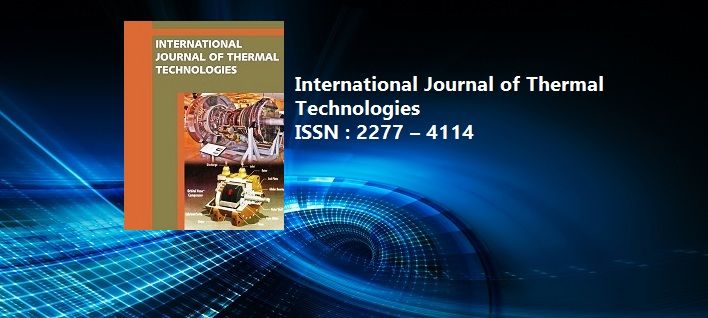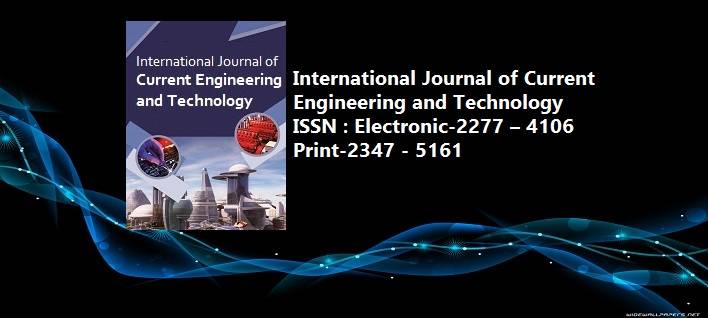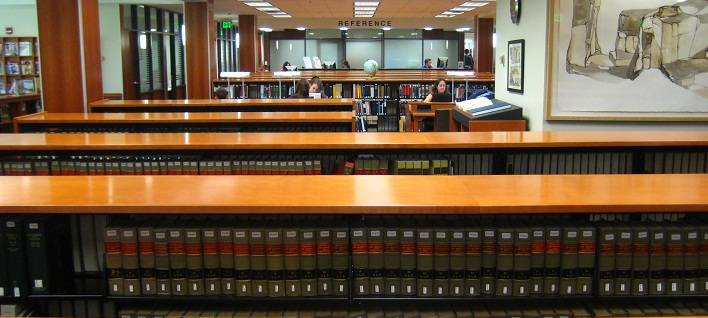Simulation of Some Material when Exposed to Gamma Radiation
Pages : 342-347, DOI: https://doi.org/10.14741/ijcet/v.12.4.4
Download PDF
Abstract
Simulation of some metal oxides when exposed to gamma radiation helped in choosing the materials to be used in designing and hence fabrication of a gamma radiation sensor. The choice of a particular detector type for an application depends upon the gamma energy range of interest, the application’s efficiency requirements, detector’s performance, acceptable reliability under the exposure conditions and, of course price. Metal oxides are famous types of materials used for radiation sensing and dosimetry. In this study, some metal oxides were evaluated for Gamma radiation sensing and dosimetry purposes. The evaluated metal oxides were Titanium dioxide (TiO2), Zinc oxide (ZnO), Copper oxide (CuO), Aluminum oxide (Al2O3), Silicon oxide (SiO), Magnesium oxide (MgO) and Cadmium oxide (CdO). A new program was developed with MATLAB to simulate the metal oxides when exposed to gamma energy range of (1keV–1MeV) through comparing their total mass absorption coefficients and then compared with WinXCom software. The evaluation results showed that CuO had the highest total mass attenuation coefficients from all the previous metal oxides. Also, the total mass absorption coefficients for Aluminum (Al3), Silicon (Si), Carbon (C), Copper (Cu) were evaluated to be used as substrates, and Copper (Cu) was chosen for it had the highest total mass absorption coefficients of them all. Finally, the results of the simulation showed that the Gamma radiation sensor can be made using CuO thin film on a Copper substrate.
Keywords: Simulation; MATLAB; Metal Oxides; Gamma Radiation Sensor, Total Mass Attenuation Coefficients, Substrate.



















 MECHPGCON, MIT College of Engineering, Pune, India
MECHPGCON, MIT College of Engineering, Pune, India AMET, MIT College of Engineering, Pune, India
AMET, MIT College of Engineering, Pune, India International Conference on Advances in Mechanical Sciences
International Conference on Advances in Mechanical Sciences  International Symposium on Engineering and Technology
International Symposium on Engineering and Technology International Conference on Women in Science and Engineering
International Conference on Women in Science and Engineering




